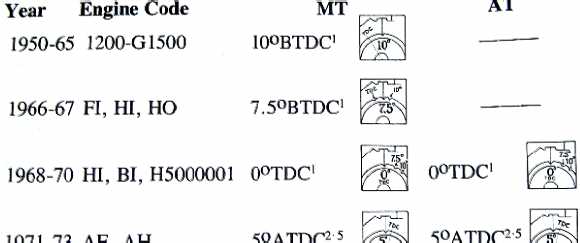rsb wrote:Is there any way to screw up the indexing of the TDC dimple with TDC when you put a motor back together?
Not unless you leave the key out...
Note the factory marks are not always perfectly accurate, nor are many of the the aftermarket degreed wheels.
It's all somewhat relative anyway, the motor has the final decision as to what total timing it wants, just be careful to not "feel the kick" when you advance it some, the kick is usually from more INITIAL timing, down low, sometimes taking the slop out of the springs as well to slow advance down some.
(If you start at ~20 BTDC, you don't have to be in a hurry to get to 28...)
There is usually an easy way to limit the total advance, has been described many times, but probably not appropriate for THIS forum... Just make sure to limit the total until you get comfortable with working on your car, and let the idle fall where it may.
The upper end---total timing must be limited, the "sweet spot" balancing head temps/power/knock must be found, or damage will likely eventually ensue, ~guaranteed.




